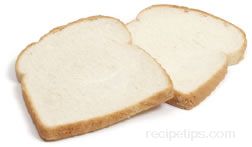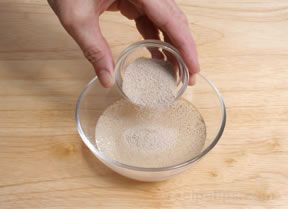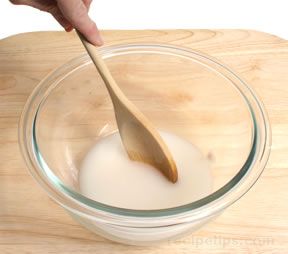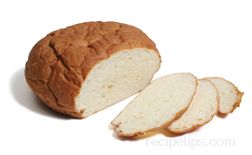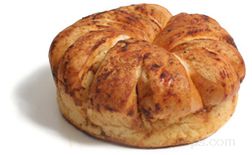Although enriched white bread contains protein, iron, and the B vitamins, niacin, riboflavin, and thiamin, it contains very little fiber, which is important for digestive health. Whole-wheat flour contains all of the original nutrients and much of the original fiber content since most of the bran is included in the flour when it is milled. Consequently, whole-wheat bread contains much more fiber than white bread.
Loading
Enriched White Bread
A type of commercially prepared white bread that is fortified with vitamins and minerals in order to replace the nutrients lost during processing. When commercially prepared white bread first became widely available during the early twentieth century, it was discovered that it was not very nutritious. Most of the important nutrients in the wheat were eliminated when producing white flour because of the removal of the germ and bran, resulting in white bread that was also lacking in nutrients. This was significant because pellagra and beriberi were diseases causing a considerable health problem in the United States, especially in the rural South, during the Great Depression years of the 1930s. It was determined that people who relied heavily on foods made from processed white flour and cornmeal were becoming ill due to a lack of B vitamins. As a result, in the early 1940s, many commercial bakers in the United States began to enrich white bread with the B vitamins and other nutrients in order to help fight the diseases. By the 1950s, all commercially prepared white bread (and packaged white flour) in the United States (as well as in many other countries) was being enriched, subsequently, the diseases became rare.
There currently aren't any reviews or comments for this term. Be the first!
Advertisement
Advertisement

